Meet the Enrique Gomez Lab.
Left to right (front): Melissa Aplan, Dan Ye, Wenlin Zhang, Brooke Kuei, Wei-Ting Ma, Sintu Rongpipi, Shreya Shetty
Left to right (back): Enrique Gomez, Alperen Ayhan, Josh Litofsky, Tyler Culp, Youngmin Lee, Timothy Castor, Renxuan Xie, Sean Nunez, Yuexiao Shen, Sang Yoo, Christopher Lyon
We have asked each member of Dr. Gomez’s lab to share a bit about themselves and their research. Here are their responses.
Dan Ye
I am working on characterization structure of different biological assemblies using synchrotron sources which involve a novel technique: Resonant Soft X-ray Scattering (RSoXS). This technique enhances the contrast between different components in a complex system by tuning X-ray energies to elemental absorption edges. Since the absorption spectra of each species are chemical specific, we can generate scattering contrast targeting specific chemical moieties. I have studied the structure of proteins in solution. Now I am moving forward to investigate the structure of virus particles using RSoXS to aid the design of vaccines. Another part of my project is to study the microscopic structure of plant cell walls to understand plant growth and the interactions between different components in the cell wall. This microscopic picture is going to facilitate the process of using biofuel as a major alternative energy source.
I am a member of Center for Lignocellulose Structure and Formation (CLSF). I am working with Dr. Daniel Cosgrove and Dr. Sarah Kiemle from Penn State Biology Department to study the structure of plant cell walls. I am also collaborating with Dr. Susan Hafenstein and Lindsey Organtini from Penn State College of Medicine to study the structure of CVB3 viruses. I am also working very closely with Dr. Cheng Wang from Advanced Light Source in Lawrence Berkeley National Laboratory to explore the potential of RSoXS on characterizing biological materials.
Conference Presentations:
- Ye D., Le T. P., Cheng W., Zwart P. H., Gomez E. W. & Gomez E. D. Resonant soft X-ray scattering on protein solutions. American Physical Society’s Annual Meeting (2016).
Youngmin Lee
My research is regarding fully conjugated donor-acceptor block copolymers for organic photovoltaics. These enable us to tune donor/acceptor interfaces and adopt the mesoscale structure within the active layer of organic photovoltaic devices. The ability to control and modify the micro-phase separation of the block copolymer can offer a useful platform for understanding the relationship between chemical structure, nanoscale morphology, and photovoltaic device performance. Furthermore, they may serve as model systems to study fundamental questions regarding optoelectronic properties and charge transfer.
Publications:
- Guo, Y. Lee, Y.-H. Lin, J. Strzalka, C. Wang, A. Hexemer, C. Jaye, D. A. Fischer, R. Verduzco, Q. Wang, E. D. Gomez, “Photovoltaic Performance of Block Copolymer Devices Is Independent of the Crystalline Texture in the Active Layer” Macromolecules, 2016, 49, 4599-4608
- Lee, E. D. Gomez, “Challenges and opportunities in the development of conjugated block copolymers for photovoltaics” Macromolecules, 2015, 48, 7385-7395
- C. Guo, F. I. Allen, Y. Lee, T. P. Le, C. Song, J. Ciston, A. M. Minor, E. Gomez, “Probing Local Electronic Transitions in Organic Semiconductors through Energy-Loss Spectrum Imaging in the Transmission Electron Microscope” Adv. Funct. Mater., 2015, 25, 6071-6076
Melissa Aplan
My project uses fully-conjugated block copolymers as model systems to examine current generation in organic solar cells. Despite tremendous advances in recent years, it is difficult to extract a set of design rules for higher performing devices as the mechanism for photocurrent generation is not fully understood. I synthesize block copolymers and then use absorbance and emission spectra of dilute solutions to quantify intramolecular charge transfer between the blocks. The same materials are incorporated as the active layer of organic solar cell devices, fabricated and measured in-house. I also characterize the solid-state solar cells using x-ray scattering techniques at the Advanced Light Source in Berkeley, CA. By following the properties of these carefully designed block copolymers from dilute solutions to solid-state devices, we can reveal unknown aspects of the current generation mechanism in organic solar cells.
I have presented my work at annual meetings of the American Physical Society, American Chemical Society, and Materials Research Society.
Tyler Culp
My research project focuses on using analytical characterization techniques such as transmission electron microscopy, soft X-ray scattering, and atomic force microscopy to study structure-property relationships in polyamide active layers used in thin film composite membranes for reverse osmosis and nanofiltration. Currently, I am using these techniques to obtain a 3D structure of the membrane to quantify functional group distributions present in the polymer.
I presented at the GRS and GRC conferences for membranes: materials and processes in New London, NH in August 2016. I’ll be presenting at the APS conference in New Orleans this March as well.
Wenlin Zhang
My research focuses on the computational design of semiflexible conjugated polymers. I use molecular simulations and analytical theories to predict various properties and behaviors of polymers, such as the persistence length and the nematic phase behaviors. Our overall work can help screen novel semiconducting polymers for high-performance electronic devices.
Publications:
- Zhang, W.; Gomez, E.D.; Milner, S.T., “Using surface-induced ordering to probe the isotropic-to-nematic transition for semiflexible polymers” Soft Matter, 2016, 12, 6141-6147.
- Kozuch, D.J.; Zhang, W.; Milner, S.T., “Predicting the Flory-Huggins χ parameter for polymers with stiffness mismatch from molecular dynamics simulations” Polymers, 2016, 8, 241.
- Zhang, W.; Gomez, E.D.; Milner, S.T., “Surface induced alignment for semiflexible polymers” Macromolecules, 2016, 49, 963-971.
- Zhang, W.; Gomez, E.D.; Milner, S.T., “Predicting nematic phases of semiflexible polymers” Macromolecules, 2015, 48, 1454-1462.
- Zhang, W.; Gomez, E.D.; Milner, S.T., “Predicting chain dimensions of semiflexible polymers from dihedral potentials” Macromolecules, 2014, 47, 6453-6461.
Sang Ha Yoo
My main research project is on finding structure-property relationships in thin film transistors fabricated via ZnO deposition. ZnO transistors have been of interest over amorphous Si transistors for their high charge mobility and single crystalline structure. ZnO exhibit semiconducting property since it is a compound of group 16 and 20 elements. However, only a little is known about the relationship between the single crystalline structure of ZnO transistors and their electronic property. My goal is to utilize various characterization tools to investigate the material properties of the semiconductor at the nanoscale and to further develop their electronic performance.
Sintu Rongpipi
My research project is using Resonant Soft X-Rays Scattering (RSOXS) to study Biological Assemblies. We propose to establish RSOXS as a standard characterization technique to investigate multicomponent biological assemblies like viral cells and plant cell walls. The project is co-advised by Dr. Esther Gomez as well.

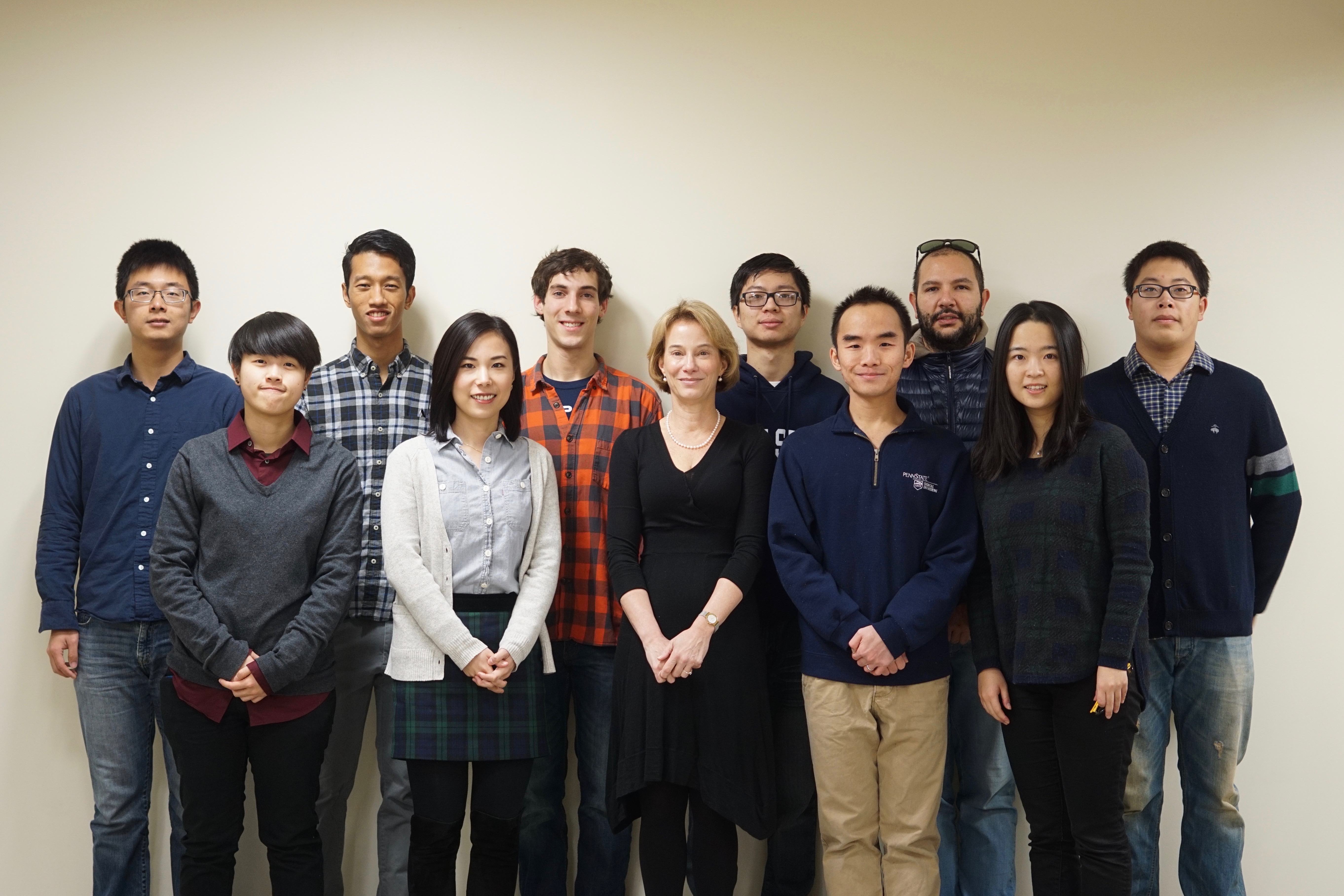
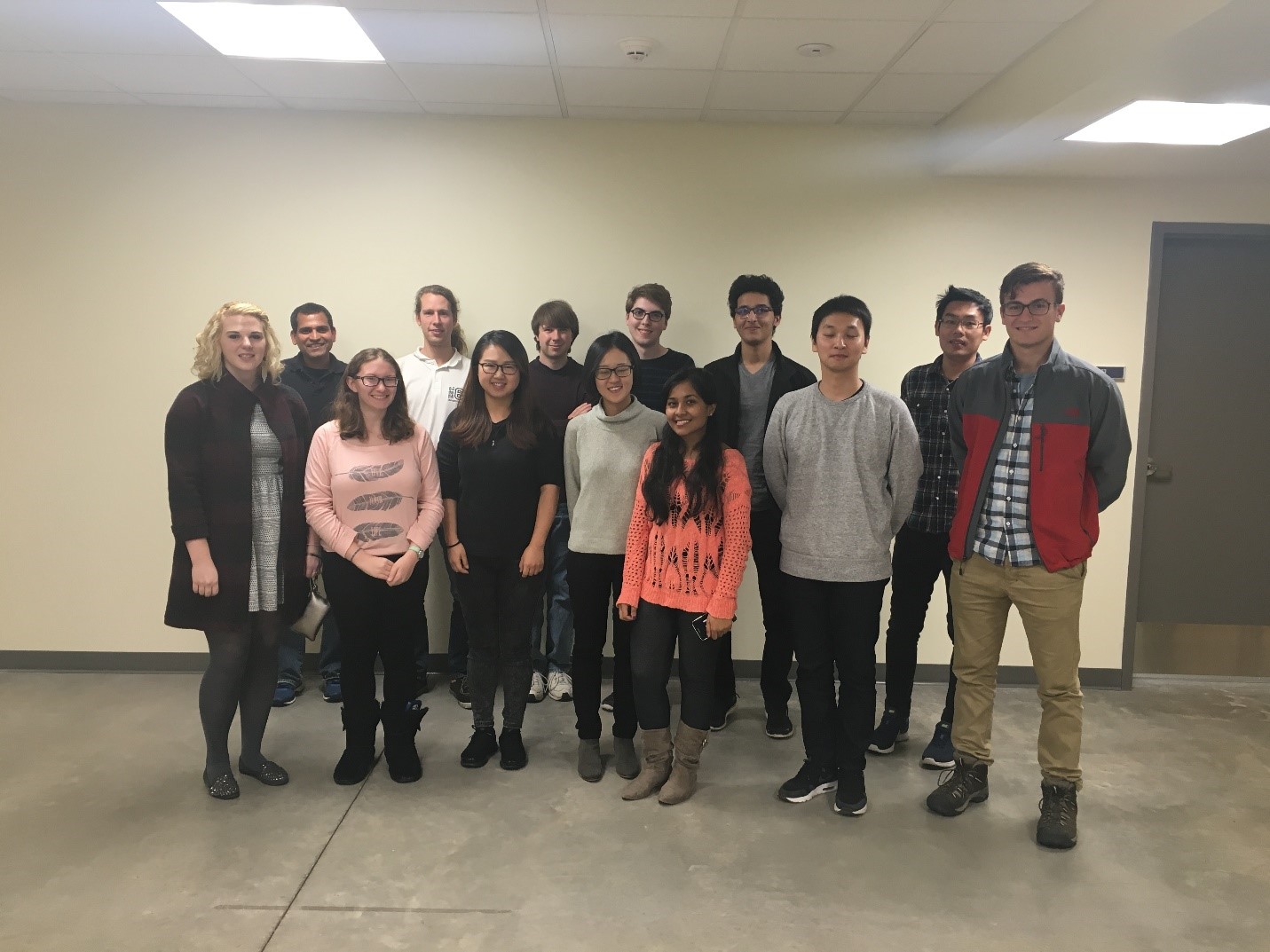
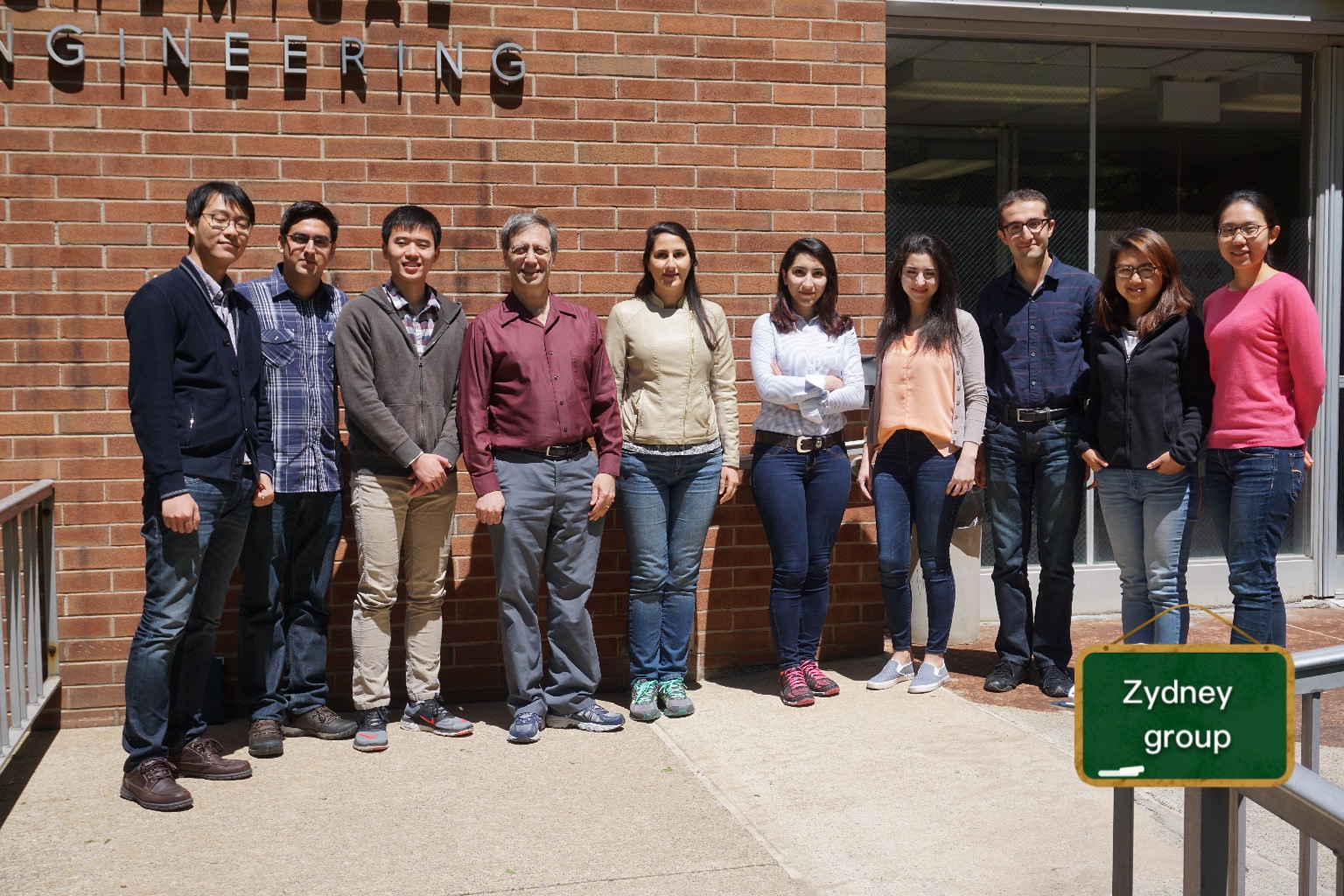
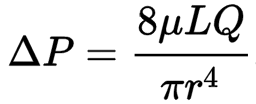


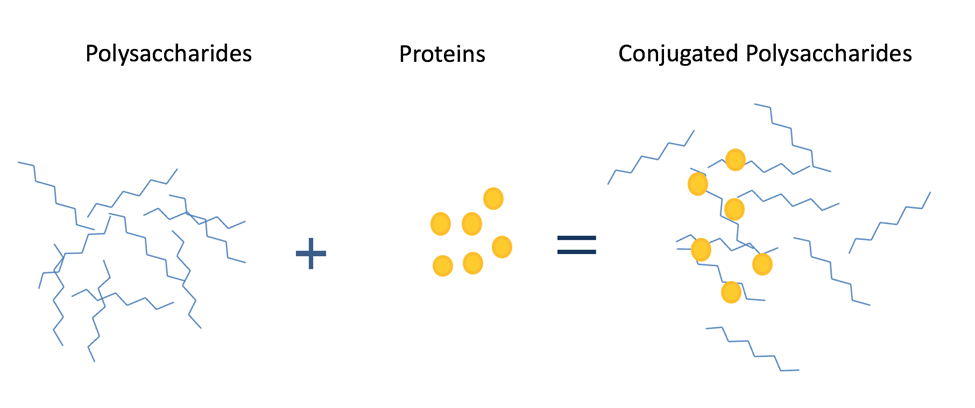
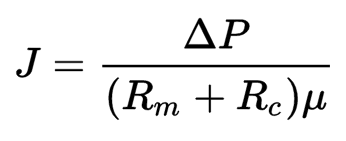
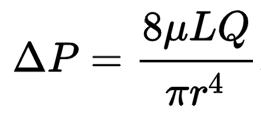




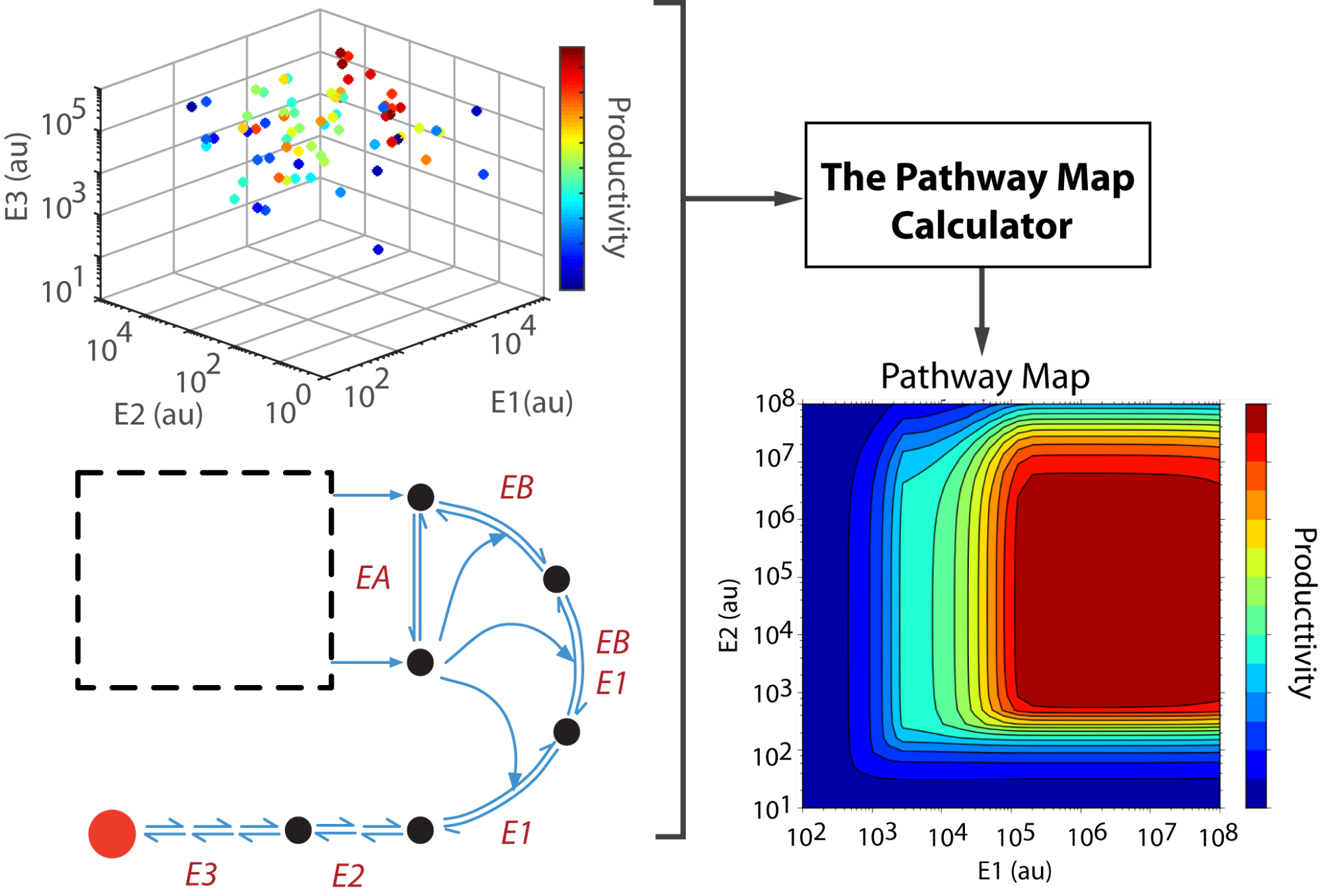

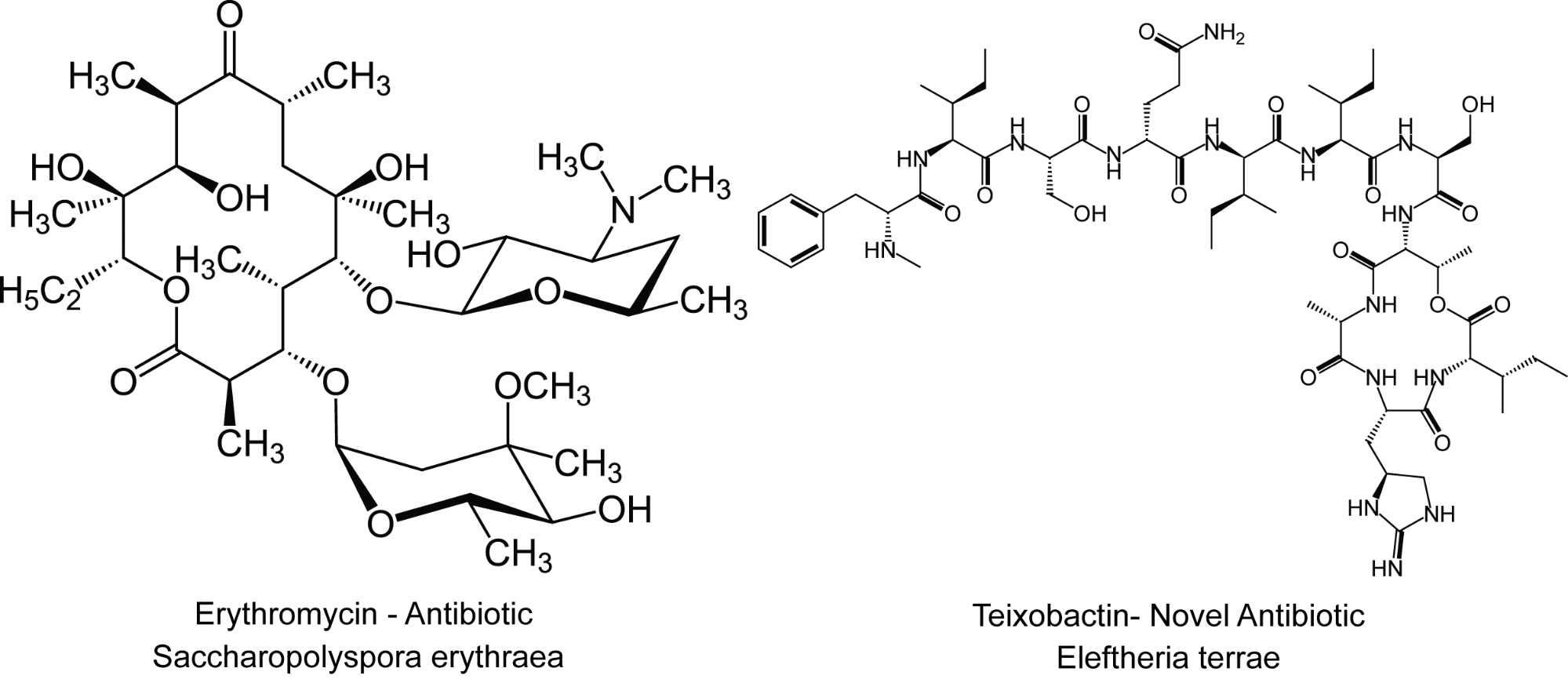


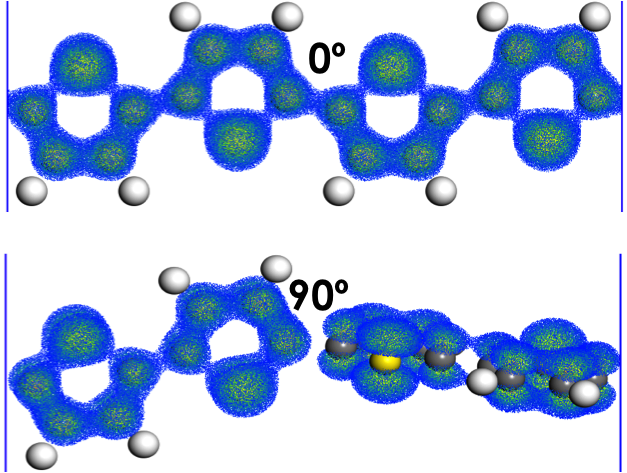

You must be logged in to post a comment.